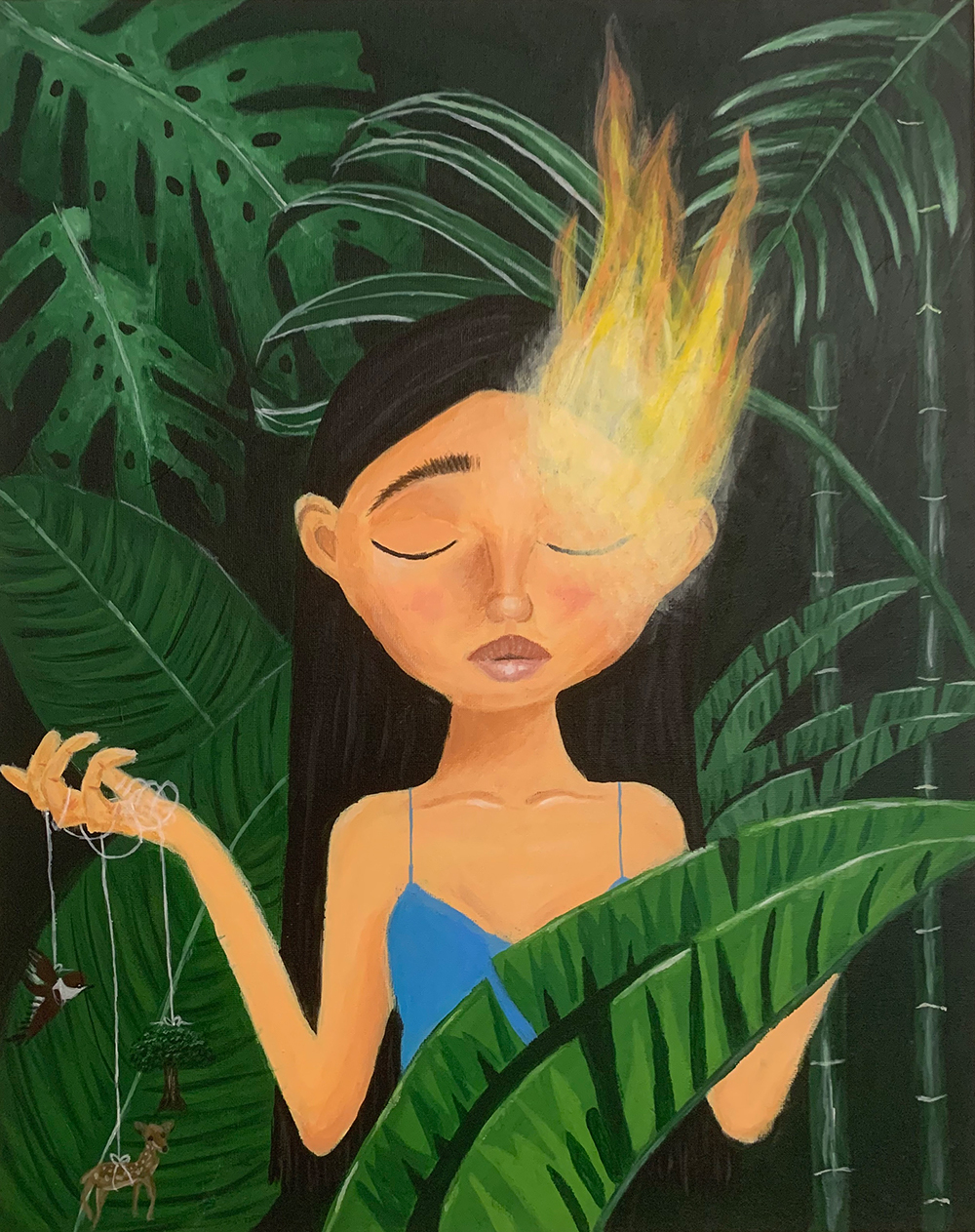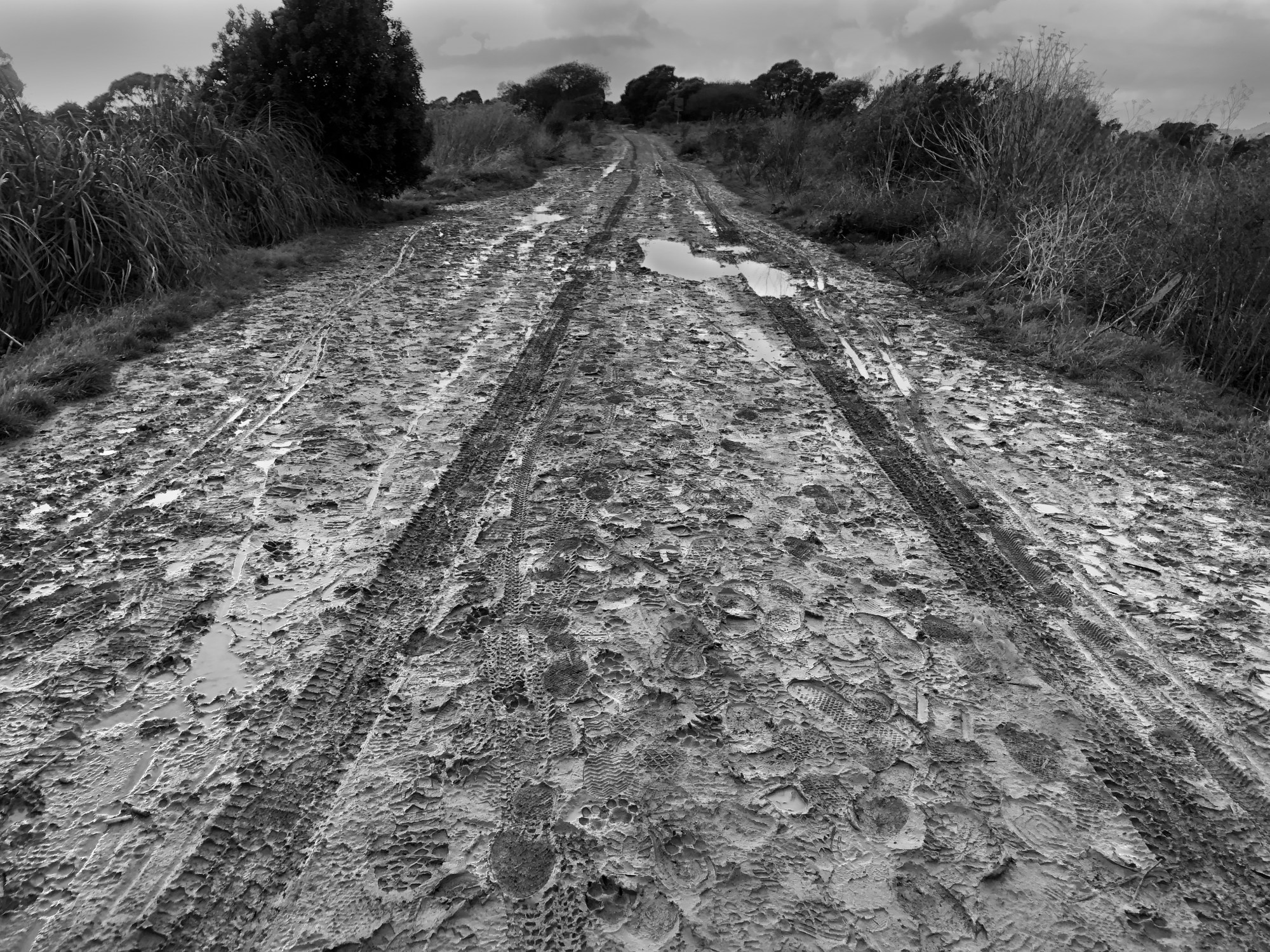Each year, the David Brower Center, named after the influential environmentalist, showcases the work of Berkeley High School students that explores the intersection of environmentalism and art. But as we see young people around the world unite to fight against climate change, ignited by the Intergovernmental Panel on Climate Change report released last October that found we have 12 years to save the planet, the exhibit this year takes on a new significance.
The work in Art/Act: Youth, which runs through September 12, gives insight into what young minds are thinking about the state of our world. Artists in the multidisciplinary show have pieces ranging from photography to painting that shed light on environmental issues and inspire visitors to take action.
“When people see my art, I want them to leave with a new found determination to help the environment. People may focus on how cute a softie sculpture is, or how pretty a painting is, but I want them to know that there is a bigger issue that all my pieces are trying to point at,” said 16-year-old Olivia Tong, who has three pieces on display.

Leading up to the exhibit, the students were taught how they could us their art as activism. According to Gabriel Berent, a photography teacher and art department lead at Berkeley High School, the students were shown a film about Brazilian photographer Sebastião Salgado and his work documenting genocide and environmental destruction.
“Students were more impacted by seeing the photographs of these human created horrors than reading about it in a textbook,” said Berent over email. “I think they understand the power of visual ideas to convey deep and profound ideas and I think being apart of collective show will help cement this idea.”
Young activists have been at the forefront of the climate justice movement, banding together to lead marches and protests around the world. Earlier this month, another series of rallies took place across the US in support of Kelsey Juliana, a 23-year-old college student, who is suing the government over climate change.
The youth climate movement has been growing, due in part to the inspiring work of young leaders like 16-year-old Greta Thunberg that have helped spur teens, many not even old enough to vote, into action. Young people are worried about the Earth they will eventually inherit, as studies reveal an impending climate catastrophe if nothing is done about the humans impact on the planet.

“Environmentalism is important to me because I feel that my generation holds the responsibility of keeping our earth clean for the next generations to come,” said Tong. “I hope people see that if environmental issues are important enough for high school students to spend almost the whole year learning about, and then create a whole art exhibit in response to, then it’s important enough to start taking action.”
Over 75 teens will be featured in the Art/Act: Youth exhibit, which was curated by arts educator Kimberley D’Adamo Green, and highlights “both the beauty of nature as well as our human impact on the world.”
“I feel hopeful that we have students who believe in changing the world,” said Berent. “I hope they can realize that individual action can change the world. I hope that they don’t lose hope in our ability to change insurmountable problems and that all great movements started with a few people and an impossible dream.”

